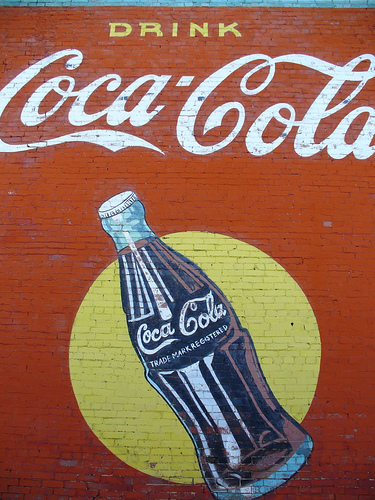Informative, Persuasive, and Reminder Advertising
Advertising should always be in line with promotional and marketing objectives, and the business strategy or mission of the organization.
LEARNING OBJECTIVES
Explain different types of advertising; informative, persuasive and reminder oriented
KEY TAKEAWAYS
Key Points
- Reminder advertising reinforces previous promotional activity by keeping the name of good, service, person, or cause before the public.
- Marketers use persuasive advertising to increase the demand for an existing good, service, or organization.
- Informative advertising is often used when launching a new product or for an updated or relaunched product.
Key Terms
- advertising objective: the goal of the marketing strategy
- differentiate: To show, or be the distinction between two things.
- demand: The desire to purchase goods and services.
Introduction
Advertising objectives should always be in line with promotional and marketing objectives, as well as the business strategy or mission of the organization. Group advertising objectives fall into three categories:
- To Inform
- To Persuade
- To Remind
Informative Advertising
Informative advertising is often used when launching a new product, or for an updated or relaunched product. The objective is to develop initial demand for a good, service, organization, or cause. It is used when a new product is put on the market on when an old product has been re-launched or updated.
Informative advertising will tell the consumer and marketplace about the product, explain how it works, provide pricing and product information, and should build awareness for the product as well as the company. The image of the product and the company should be compatible and complementary. There should be enough information to motivate the consumer to take some sort of action.
Persuasive Advertising

Coca-Cola: Coca-Cola is an established brand which uses reminder advertising.
Marketers use persuasive advertising to increase the demand for an existing good, service, or organization. The idea is persuade a target audience to change brands, buy their product, and develop customer loyalty. After the purchase, the quality of the product will dictate whether or not the customer will remain loyal or return to the previous brand.
Persuasive advertising is highly competitive when there are similar products in the marketplace, and products are competing for their share of the market. In this situation, the winning product will differentiate itself from the competition and possess benefits that are superior to, or compete strongly with, the competition. Comparative approaches are common place, either directly or indirectly.
Reminder Advertising
Reminder advertising reinforces previous promotional information. The name of the product, testimonials of past customers, public response, and sales techniques are repeated in the hopes of reminding past customers and garnering new ones. It is used to keep the public interested in, and aware of, a well-established product that is most likely at the end of the product life cycle.